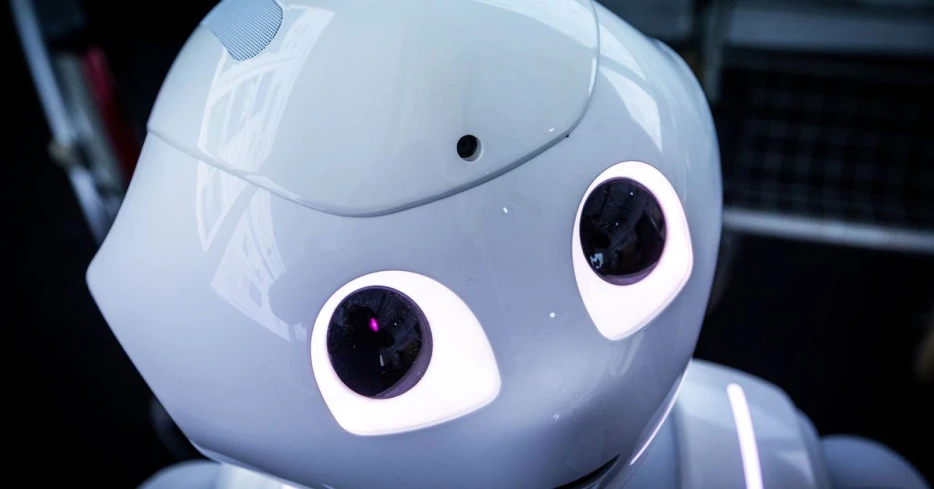
 Hogs Haven
Hogs Haven
How much value can the Commanders squeeze out of five draft picks?
With the 2025 draft quickly approaching I was able to coax the DraftBot back from a “working holiday” in Greenland to do its annual mock draft.
For those who don’t know the story, the DraftBot originated as a simple experiment to see if it was really as hard as Dan Snyder’s men made it appear to find a franchise QB. The answer was a resounding “no”. The DraftBot’s initial simple program demonstrated that all the Redskins had needed to do was use the first round picks they held in drafts with highly rated QBs available, and they would have had their choice of signal callers including Drew Brees, Aaron Rodgers, Ben Roethlisberger among others.
As if to prove the point, in his first draft at the helm, Adam Peters used essentially the same approach as the DraftBot’s core algorithm to select the best rookie QB that Washington has seen since Jack Espey picked Sammy Baugh sixth overall in 1937.
While most of us appreciate those kinds of moments of validation, the arrival of an expert front office in Washington actually created something of an existential crisis for the DraftBot. Fortunately, it recognized the need to adapt from its original core mission of poking fun at the previous owner’s incompetent front offices, in order to provide value for Hogs Haven readers.
Inspired by the regime change, the DraftBot applied the full power of its fifth generation bio-cybernetic processor to do a deep data dive into the drafting habits of the NFL’s highest performing front offices to learn how the best in the business approach such a fiendishly difficult and complex decision making process.
With another year’s worth of draft outcome data embedded in it’s neural network architecture, the DraftBot is back to test out what it has learned from studying draft outcomes of the best NFL front offices. In this year’s edition, the DraftBot attempted to emulate a few key elements of Adam Peters’ approach to the draft in San Francisco and Washington. These include seeking to optimize the number of selections in the first 100 picks and searching for players with exceptional ability combined with leadership and high football character.
For this exercise the DraftBot assigned its scouting director (me) to construct a draft board of players who aligned with Adam Peters’ preferences, as well as those of the coaching staff. Prospect talent and position value was balanced against team need in the manner described by Peters’ Director of College Scouting with the 49ers.
The initial vertical board was drawn from consensus draft boards (The Athletic for the top 100 players, Mock Draft Database thereafter), eliminating poor scheme and culture fits, and adjusting rankings according to coaching preferences. Prospects on the vertical board were then “stacked against the existing roster”. This involved adjusting rankings based on a prospect’s chance of earning playing time in competition with players on the existing roster.
This approach has...